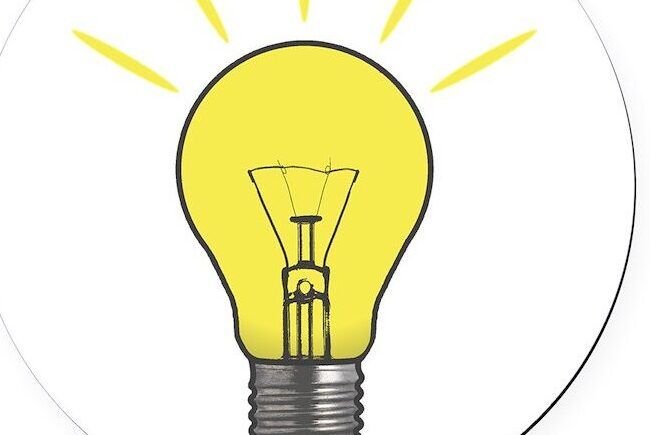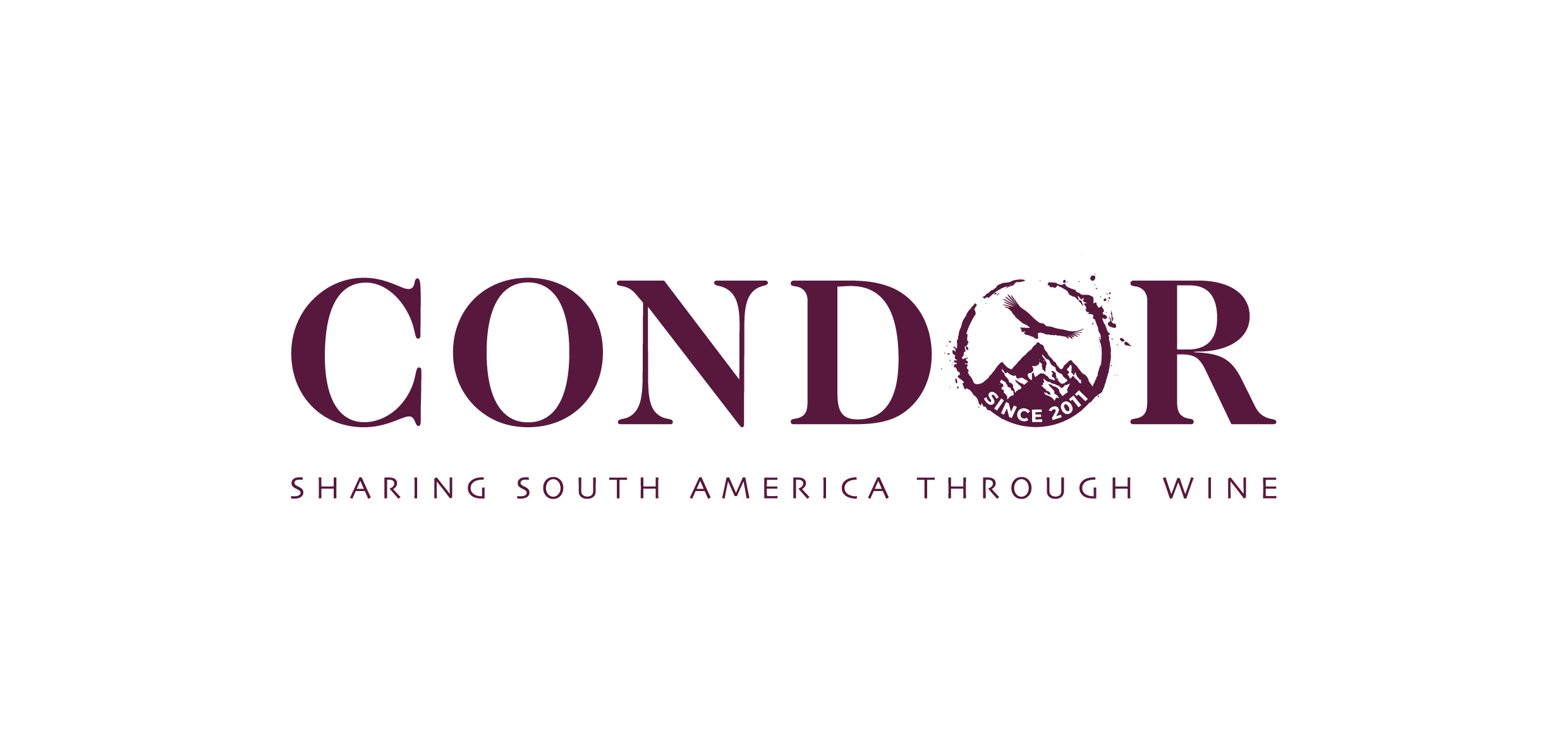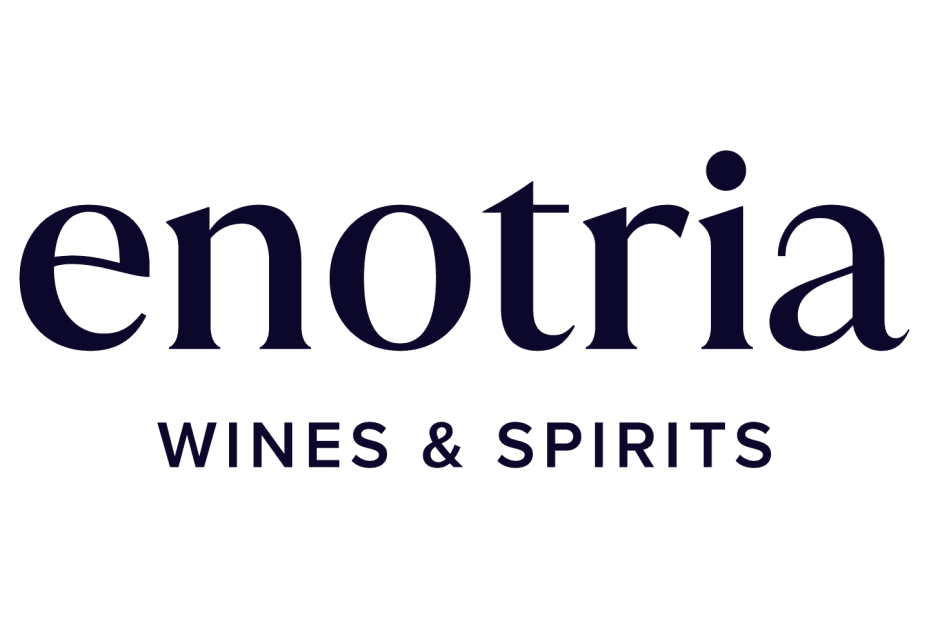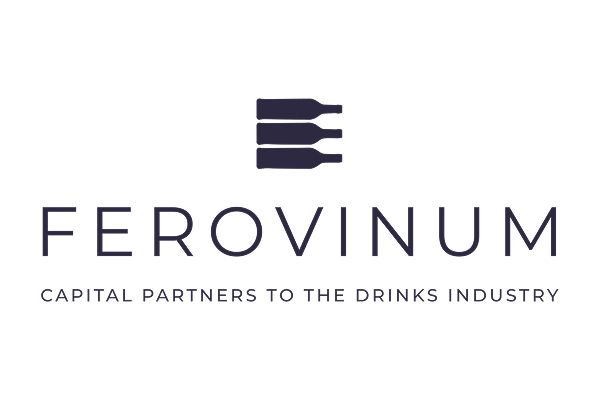“OK, the Seedlip and Gordon’s 0% crews lose out. But perhaps their time has come anyway. Their prices make absolutely no sense,” writes Gluckman.
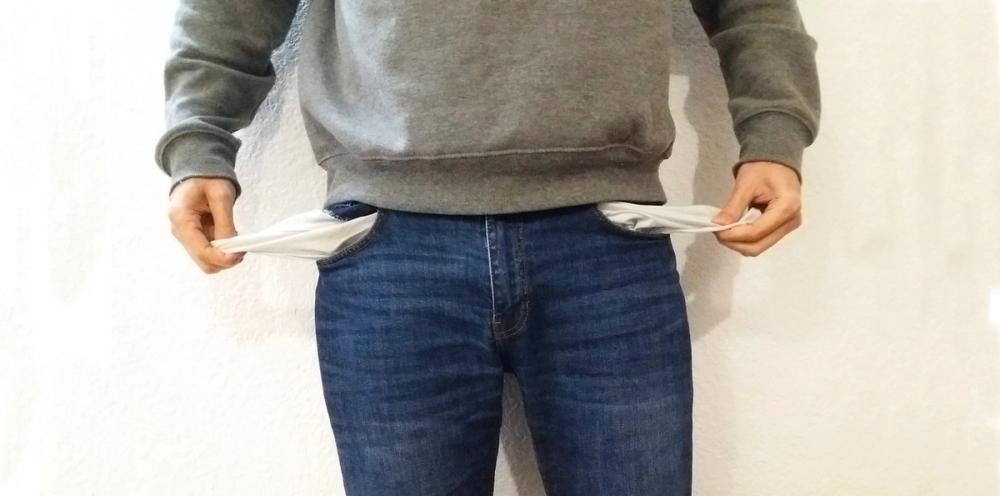
Low & No: can the current model be sustained during financial straits?
I could barely believe it when I discovered that the worldwide market for Low & No products is somewhere in the region of $10 billion now and predicted to double by 2030. A great deal of this market just simply doesn’t add up.
The other day, for example, I bought a bottle of Gordon’s 0% at my local supermarket which cost me £12. Full-strength Gordon’s was indeed available at the same store for £13. Just one pound more.
Now the justification for this high price is, allegedly, that 0% Gordon’s is distilled in the same way as the full-strength stuff – and then they take the alcohol out. This additional process costs about as much as the duty they don’t have to pay. And I assume they get to use that alcohol somewhere else.
I know we live in an affluent world where some people are loaded with cash. But that kind of expenditure on that kind of product is ridiculous.
And Gordon’s ‘non-gin’ is at the reasonable end of the lunatic price spectrum. When I bought a bottle of Seedlip, which tastes of barely anything, I originally laid out a formidable £28 for it. That’s more than double the price of a bottle of 40% Gordon’s. And in a bar or restaurant it costs almost the same as a real gin and tonic.
I’ve just checked out a few more products in this sector and it gets worse. One costs a towering £28.95 for a 500 ml bottle. That amounts to £40.50 for a full 700 ml. Crazy! And another, sells for £35 for 500 ml or £49 for 700 ml. That’s what you’d pay for a premium single malt.
No alcohol means no spirit duty and not a lot of sense
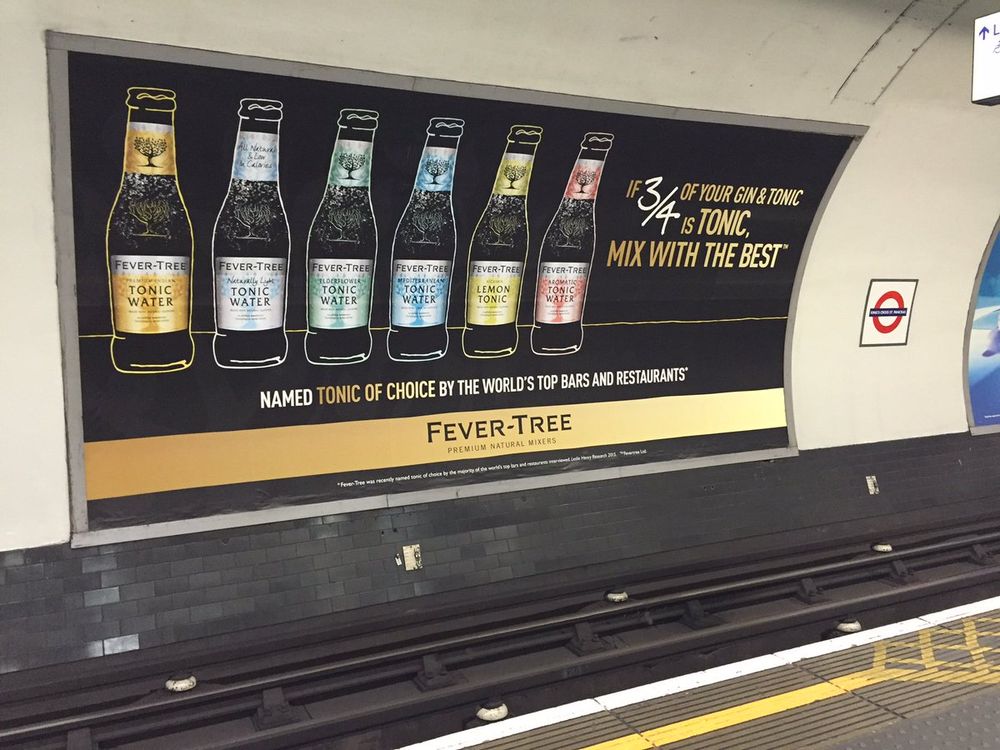
As the Fever-Tree ads say, in a gin and tonic ‘75% of what you taste is the tonic’. On that basis, most of the flavour from a non-alcoholic spirit will be drowned by the taste of the tonic anyway.
The advert says it so it must be true!
And what about the £40.50 number? Or even the £49 ‘Rolls Royce’ version? You’re paying out a substantial amount of cash to have the product strangled in a sweet mixer. Sheer madness!
The first piece I wrote for The Buyer on this subject posited that Seedlip amounts to a modern-day ‘Emperor’s New Clothes’. The over-priced product doesn’t justify the hype. You can read the full article here.
And yet there are prestigious outlets worldwide who are selling the stuff. Even Michelin-starred restaurants. It’s not just ordinary punters who are buying in to the idea.
And another thing
I have seen and tried several products with ‘use within x days/weeks after opening’. You’re paying an arm and a leg and you have to drink up quickly. Madness. Even a bottle of Cream Liqueur will last months after opening.
Smoke and mirrors
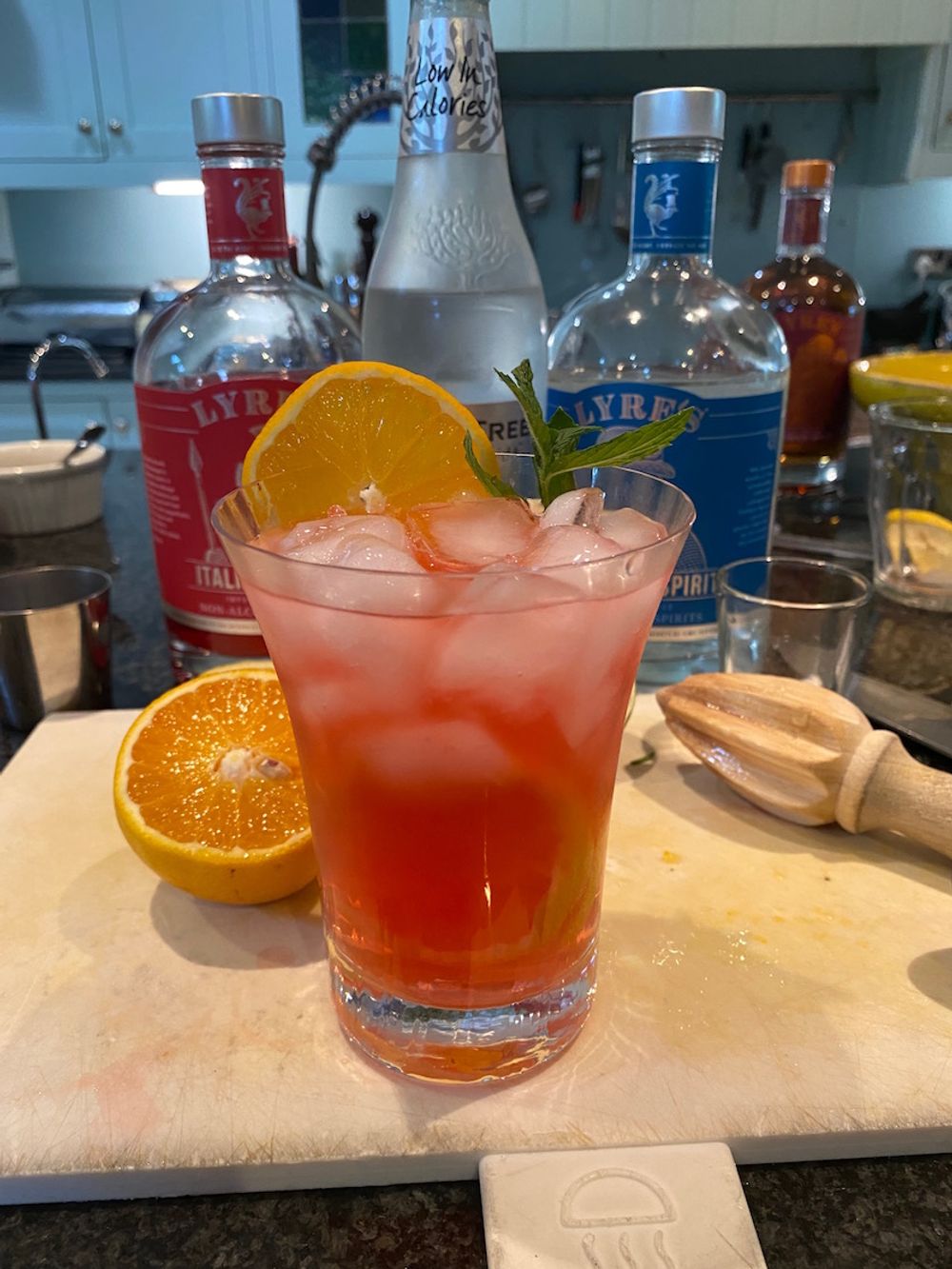
Excellent products but quite an outlay if you want to make cocktails
One of the more celebrated entrants into this extraordinary market is the Australian-born Lyre’s brand. It’s not just one 0% spirit but a dozen. There’s Amaretti, American Malt, Dark Cane Spirit, Aperitif Dry, Dry London Spirit, White Cane Spirit, Spiced Cane Spirit, Aperitif Rosso, Coffee Originale, Italian Orange, Italian Spritz and Orange Sec.
None of them with a drop of alcohol.
They all come in 70 cl attractive, wittily labelled bottles and I’ve tasted some of the products and they’re very good. And I’ve even had a couple of their cocktails. Their Pink Gin Fizz is excellent. But here’s the catch. The bottles sell for something like £23 apiece. So, to be able to offer someone a Pink Gin Fizz, you’d need to buy both Dry London Spirit and Italian Orange. Add a bottle of elderflower cordial and you’re down about £50 before you start. That’s an awful lot of cash you need to lay out to get a couple of flavours to add to elderflower juice. And imagine the exponential hike in price when Lyre’s goes on-premise into pubs and restaurants.
I think there are better ways. And ways where (almost) everybody wins.
(For an 18 year-old teetotaller’s tasting of Lyre’s click here)
“OK. If you’re so smart, what would you do?”
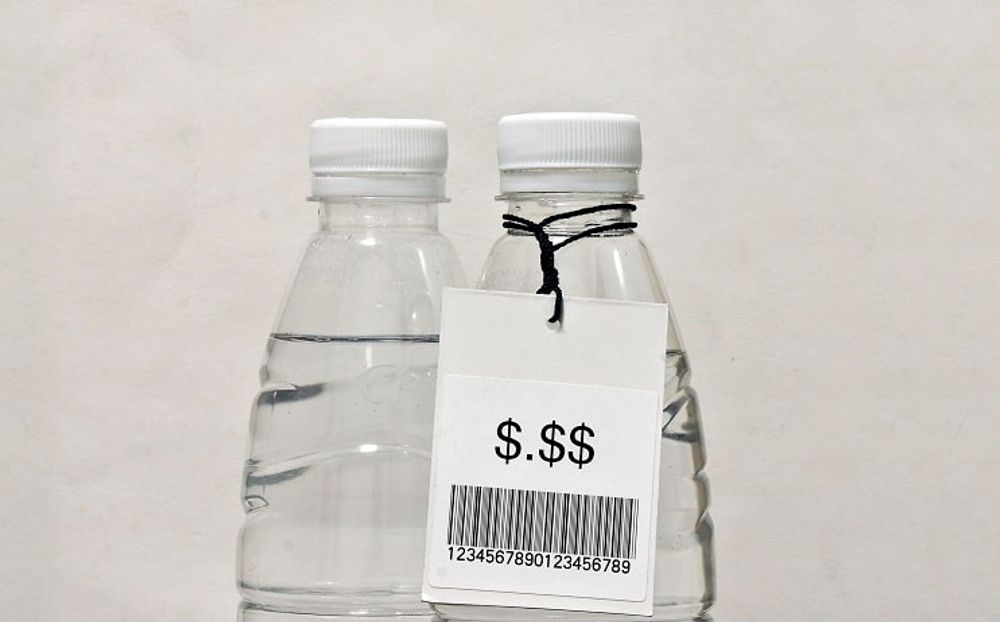
Low & No: just flavoured water?
At its simplest, what Gordon’s is trying to do is give you something that tastes like gin but has no alcohol – put simply it’s ‘gin-flavoured water.’ At a grossly inflated price.
In a way that’s fair enough. We enjoy the challenge that gin – the alcoholic kind – adds to a tonic to make a grown-up cocktail. And the juniper and coriander hit does bludgeon its way through the tonic. The alcohol helps there. But why do you have to buy a whole bottle of the non-alcoholic gin flavoured water just to replicate a G&T? You spend almost as much on a bottle of full-strength gin.
If you want to add flavour to food you might add a touch of curry powder, a squeeze of lime or a soupçon of another spice or condiment. Or to heat up a Bloody Mary you might add dashes of Tabasco and a drop of Worcestershire Sauce.
The real issue is how do you make a simple drink complex and more sophisticated?
There are at least two ways to achieve this which immediately come to mind.
Why don’t the soft drinks giants join the party?
Here’s a plan. Why don’t Coke, or Pepsi, or Fever-Tree go into the Low & No spirit business? It’s a huge category showing explosive growth. To me this is a no-brainer.
Look at the arithmetic I carried out on Gordon’s and tonic. If Fever-Tree launched a London Dry Tonic, they could sell it for 50% above the price of an ordinary tonic. That’s speculation on my part. But not unreasonable. The end-product would have to be good enough. But I can’t see that as a problem. These companies have high class technical people. Or they could poach them from distilling companies. And the branding would have to look smart and sophisticated. Also, eminently achievable.
That way everybody wins. The consumer gets a non-alcoholic G&T for a substantial saving versus ‘the real thing’. And Fever-Tree or Coke have a highly profitable entrant in a new but very closely related category.
And you don’t need to settle for just a London Dry version. There are other variations on gin flavour that might be explored. Pink gin, Seville orange and so on. There is enough skill in the flavour houses to make this an easily attainable objective. And enough muscle in companies like Coke and Fever-Tree to keep the costs honest.
And you don’t have to stop at gin
Bourbon-flavoured cola should be a doddle. And Tequila-flavoured orange juice. The opportunities are limitless. If it were me, I’d pivot into cocktails too. That way you would be offering a complex adult drink that can be served both ways. You and a pal could each be drinking Pina Coladas. One with rum, one without.
And all these products would favour both the consumer and the producer. At a significant saving/profit to both. They would be super-premium mixers rather than faux spirits.
OK, the Seedlip and Gordon’s 0% crews lose out. But perhaps their time has come anyway. Their prices make absolutely no sense.
Or there’s another way
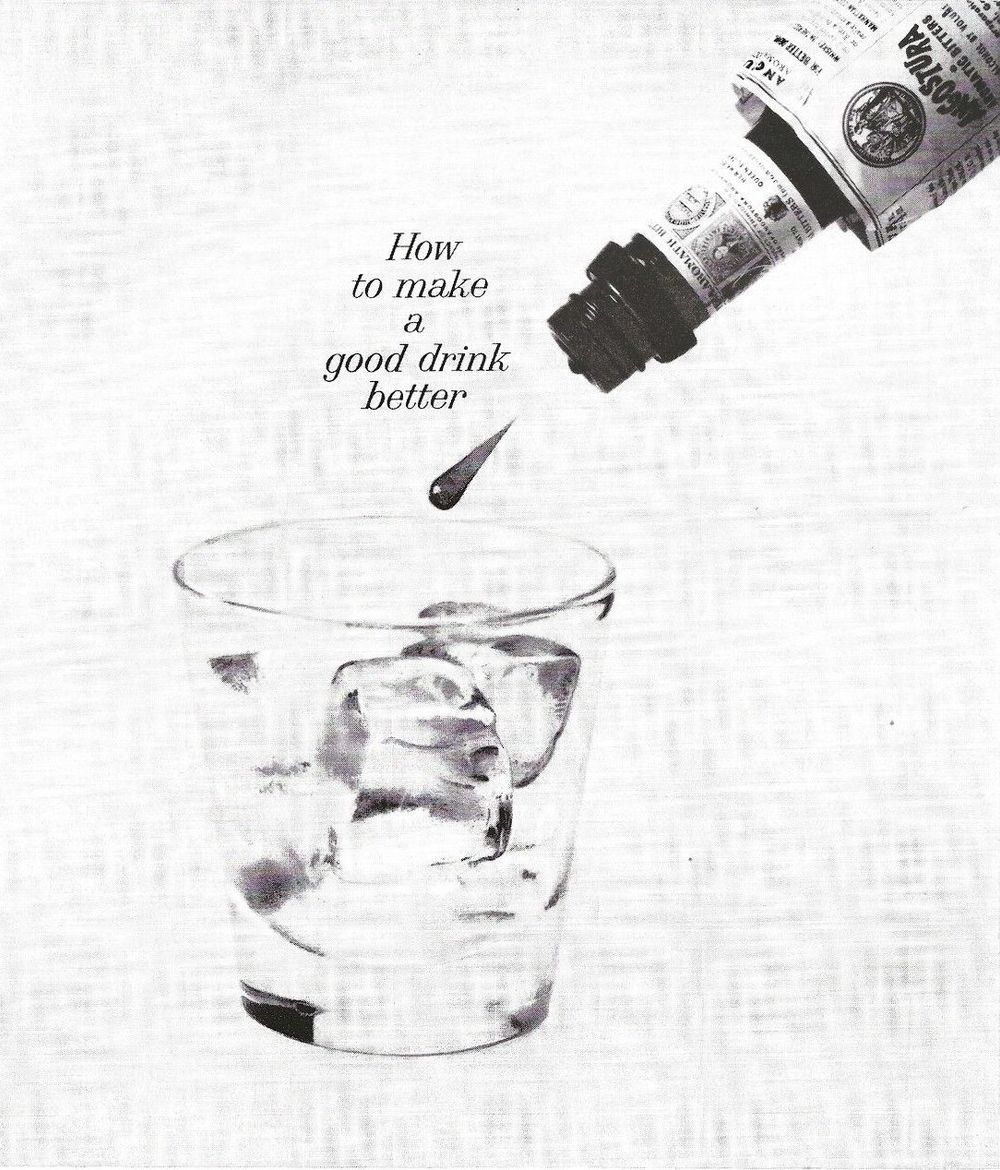
One of the brands that really interests me in this context is Angostura Bitters.
Add three drops to a glass of mixer and you get a radically different flavour profile. Grown-up cola; orange juice with hair on its chest; adult lemonade. And so on. A 200 ml bottle of Angostura retails at about £10. And they claim that a bottle will deliver 150 drinks. That means that a super-concentrated bitters-style product will retail for a fraction of the price of all other Low & No drinks on offer.
Why can’t someone look at that model? Super-concentrated gin flavour in a 200 ml bottle delivering 150 drinks.
Now it may well be that the high alcoholic strength of Angostura is essential for its super-concentrated flavour delivery. But how alcoholic will the end-product be Each (3 drop) dose of Angostura would deliver a tiny amount of alcohol – about what you’d get if you let a carton of orange juice go a few days past its sell-by date!
The whole ethos around non-alcoholic spirits is that people want to dispense with alcohol completely. I don’t accept that.
I attended a Low & No alcohol summit a while back and the atmosphere was very much like an AA meeting. Alcohol shouldn’t belong in our lives. I don’t think that’s the case. Some people want or even need to give up alcohol. For them, total abstinence is the only option. I cannot believe that a Gin ‘lookalike’ is a good thing for someone who is medically excluded from alcohol. It simply rekindles unfortunate memories. But many people just want to cut down. They want to ‘take back control’ and live more moderate lives. But they still enjoy the taste and the ‘buzz’ that alcohol brings. It’s not an ‘all or nothing’ issue. It’s a ‘sometimes’ issue.
It’s about moderation, not abstinence.
And what about wine?
Over the last few years, I’ve tasted quite a few non-alcoholic wine products. They are truly awful. I couldn’t imagine drinking even a single glass of any of them. Non-alcoholic beer works. The drop down from 5% abv to 0% isn’t so steep. And beer’s bitterness compensates for the absence of alcohol. But with wine the incline is massive. From 13 or 14% to 0%. Technically that’s a tough assignment.
Here’s a wine idea that I strongly believe could work.
Full-bodied, satisfying and French. A 750 ml bottle that has the same amount of alcohol as a pint of lager.
But how do you do it? Well, as I think I’ve proved on countless occasions in my book, I have zero technical ability. But I know what I’d like. And, if I can point the technical people in the right direction, they will find a way.
My formula starts like this. Stop thinking about the product as wine. Forget the legal definition. If you stick something in a wine bottle and it looks like wine and tastes like wine, people will accept it is wine. That’s a start. Then take a rich, full-bodied red wine. Dilute it down to 4.8% ABV. That’s the arithmetic that equates with a pint of lager. Now add grape skins, tannin powder and whatever else it needs to achieve my ‘full-bodied, satisfying French red’ definition. (These additions are my layman’s suggestions. There will be better ways.)
And finally, on the label, tell people exactly what’s in it. Tell the whole truth.
Any one of the many IDV technical people I worked with could have achieved this. They would just need a clear direction to follow. Given the opportunity, I’d buy shares in all the above ideas. Just find me the open-minded technical people to make them happen.
I think the current non-alcoholic spirit brigade is following Seedlip like lemmings.
And we know what happens to lemmings.
© David Gluckman February 2023
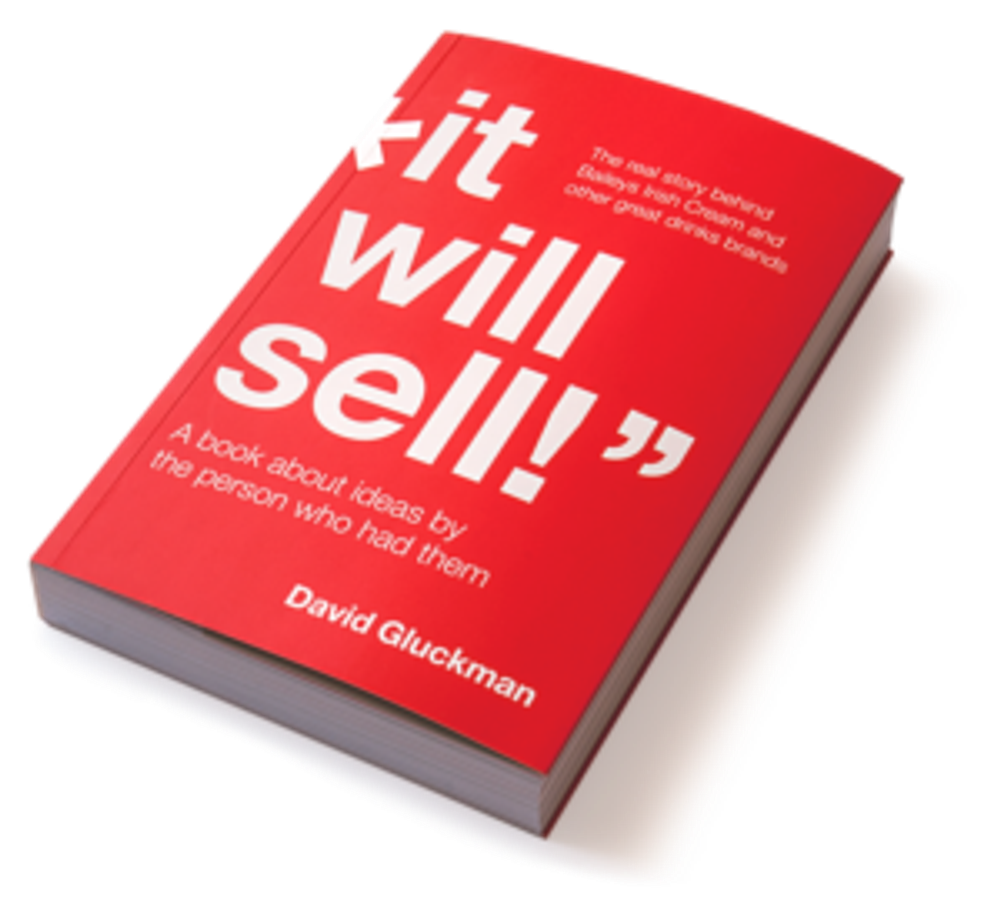
“That s*it will never sell!” becomes an eBook
David Gluckman has been in the drinks business since the 1960s, spending most of his career as a consultant to IDV/Diageo. His list of brands ranges from Baileys and Le Piat d’Or to Ciroc, The Singleton and Tanqueray Ten.
His best-selling book “That s*it will never sell!” has been universally acclaimed by people in the drinks industry and in the broader field of marketing and innovation.
Gluckman has recently launched the eBook version of TSWNS. Being a serial innovator, He asked himself the question “How can I really exploit the opportunity that an on-line version provides?”
He found the answer. Over 100 live action links to YouTube footage covering the journey in his book : famous TV commercials from the 1970s onward, newsreel footage chronicling his time, newspaper obits of some of the characters in his book, and loads more.
He really has put the ‘e’ into an eBook.
Both the original and the e-version are available on Amazon
